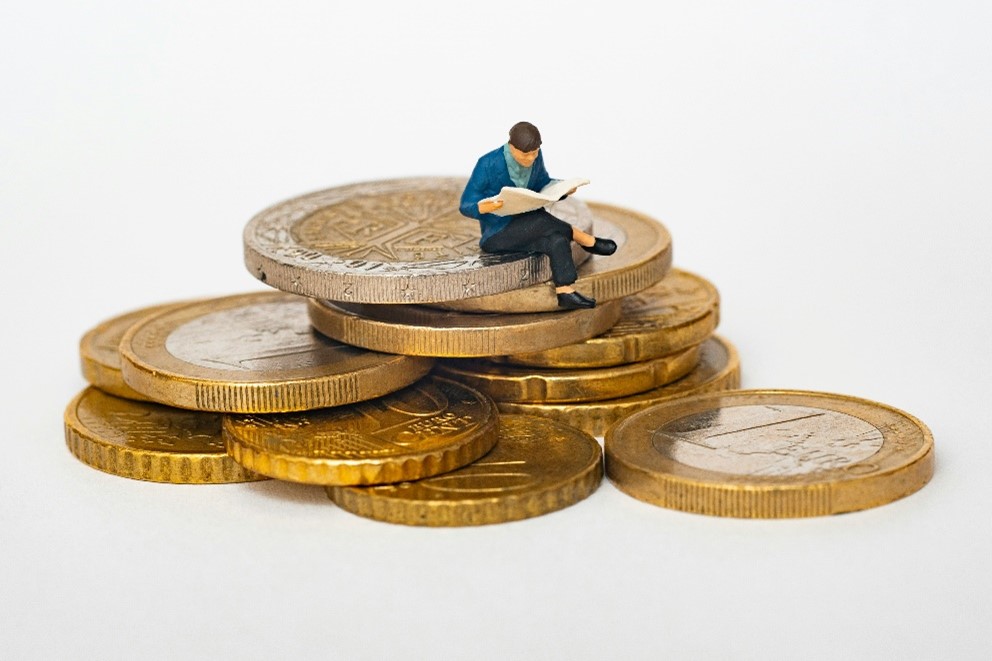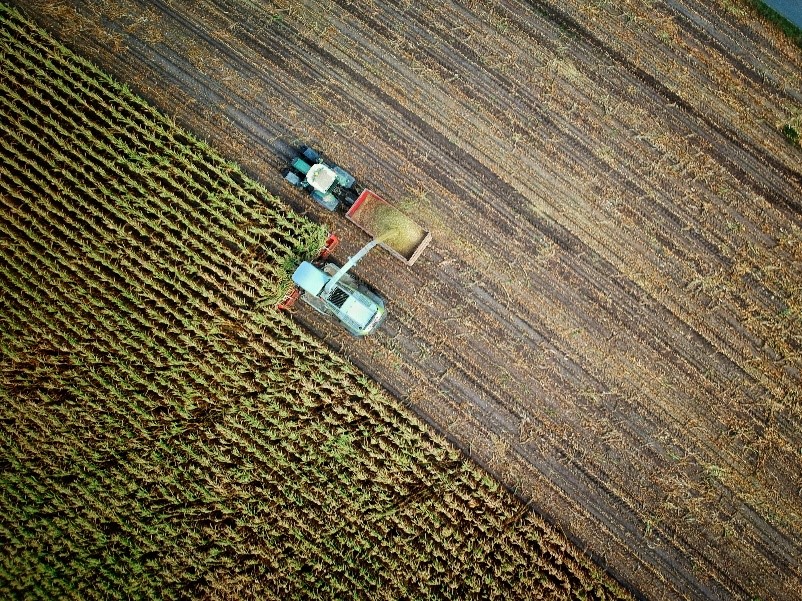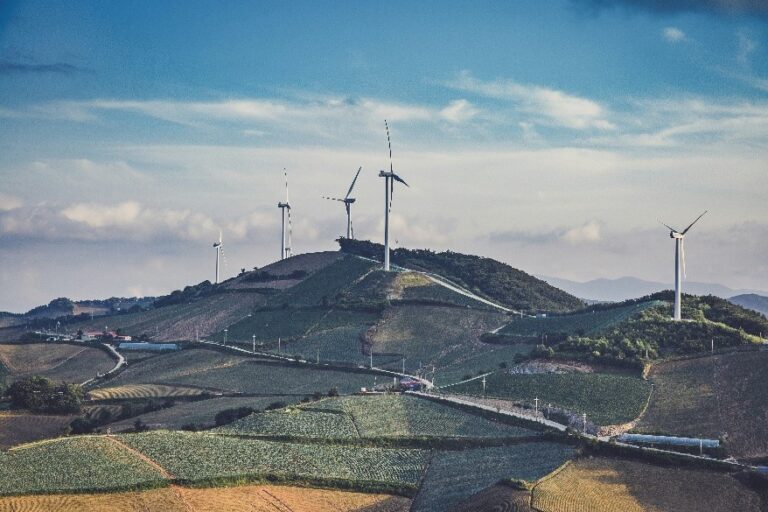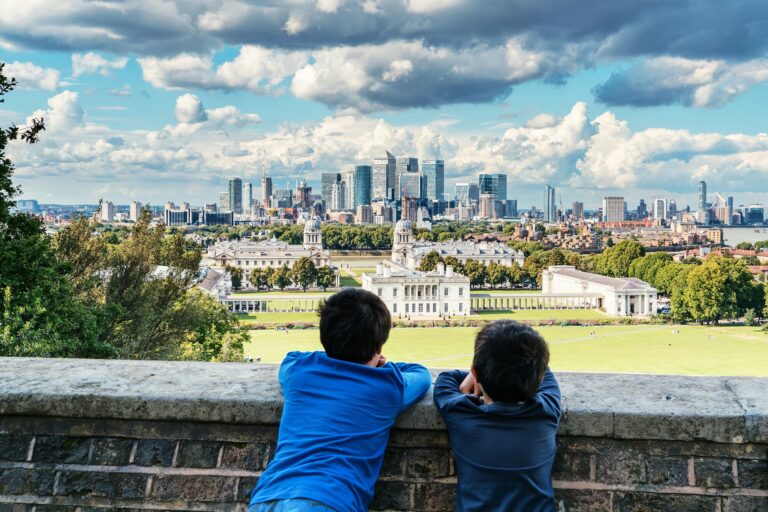
Green Growth: Sustainable Future or Myth? – Part Three
Our third and final blog investigating the concept of green growth. We look at the physical limits of growth, where green growth fits into our current system and what might come next.
Read Green Growth: Sustainable Future or Myth? – Part One here.
Read Green Growth: Sustainable Future or Myth? – Part Two here.
The Physical Limits of Growth
Green growth relies on increasing resource efficiency, maximising the benefit of existing natural resources. This would reduce demand for extracting primary resources and lessen environmental pressures.
However, resource efficiency ultimately reaches physical limits that cannot be transcended. One example is improving agricultural efficiency by maximising the number of crops that an area of land can produce. The land will eventually reach a physical limit as the carrying capacity of the land is reached. If demand grows beyond the physical limits of the land, that necessitates the expansion and cultivation of more land. This would in turn have negative environmental impacts including deforestation and land degradation.

Ultimately, as the physical limits of resource efficiency are reached, continued GDP growth, as well as rising demand from population growth, drives resource use back up. As long as natural resource extraction continues, so too follows negative environmental impacts including groundwater depletion, biodiversity loss, and more.
The study, Is Green Growth Happening, concludes:
…decoupling of GDP growth from resource use, whether relative or absolute, is at best only temporary. Permanent decoupling (absolute or relative) is impossible for essential, non-substitutable resources because the efficiency gains are ultimately governed by physical limits. Growth in GDP ultimately cannot plausibly be decoupled from growth in material and energy use, demonstrating categorically that GDP growth cannot be sustained indefinitely.”
The Catch-22 of (De)Growth
Many climate scientists predict that the only way to achieve the necessary reductions in resource use and emissions is through a process of degrowth. When the world is already in ecological overshoot, consuming the equivalent resources of 1.7 earths, it appears that to stay within planetary boundaries would require a process of degrowth. This would include reducing production and consumption, especially in high-consuming countries.
However, the continued insistence on green growth, despite various criticisms, assumes that it’s not politically acceptable to question economic growth. World leaders are not prepared to voluntary limit economic growth to tackle the climate crisis or limit environmental degradation. It would be considered antithetical to the nation’s own interests in continued economic prosperity.

As described in the study, Is Green Growth Happening, policymakers face the inevitable catch-22 of degrowth that:
the politically acceptable is ecologically disastrous while the ecologically necessary is politically impossible.”
Post Growth
Green growth has been criticised for relying on unrealistic assumptions about decoupling and energy efficiency. Furthermore, it is said to make overly optimistic predictions of future zero-emissions technologies. And so long as global resource consumption is on the rise, due to continued population growth and increasing consumption, so too does it become unfeasible to fully decouple GDP from negative environmental impacts.
Whilst there is value in existing green growth policies that focus on investing in renewable energy and improving resource efficiency, it’s also important to consider a path beyond the growth mindset. The idea of moving beyond growth is starting to gain traction, especially with mounting criticism of the idea of green growth.
In May 2023, the European Parliament hosted a conference on the topic of “Beyond Growth”. The main objective was to discuss policy proposals to move beyond the traditional approach of national GDP growth being the primary measure of success. This was a positive development that signals a shift to a post-growth landscape.

Six national and regional governments, including Scotland, New Zealand, Iceland, Wales, Finland, and Canada, have joined the Wellbeing Economy Governments Alliance. The primary aim of the movement to transition to:
an economy designed to serve people and planet, not the other way round.”
Final Thoughts
Green growth may provide a potential model for low-income countries to develop and expand their economies. This would put them on the path to sustainable development, ensuring millions of people raise their standard of living.
However, with the ongoing climate crisis, where we are also transgressing six planetary boundaries – high income countries overwhelmingly responsible for this – it’s important that we act urgently to reduce further environmental degradation by reducing demand for resources.
Green growth has been criticised by leading climate scientists as unfeasible to truly achieve the absolute decoupling required to reduce greenhouse gas emissions and resource demand. It may be necessary for high-income countries to move away from a focus on growth. Instead, it may be necessary to prioritise reducing pressure on the environment to solve the ecological challenges the world faces.
_________________________________________________
This is part three of Green Growth: Sustainable Future or Myth?.
You can read part one here.
You can read part two here.



